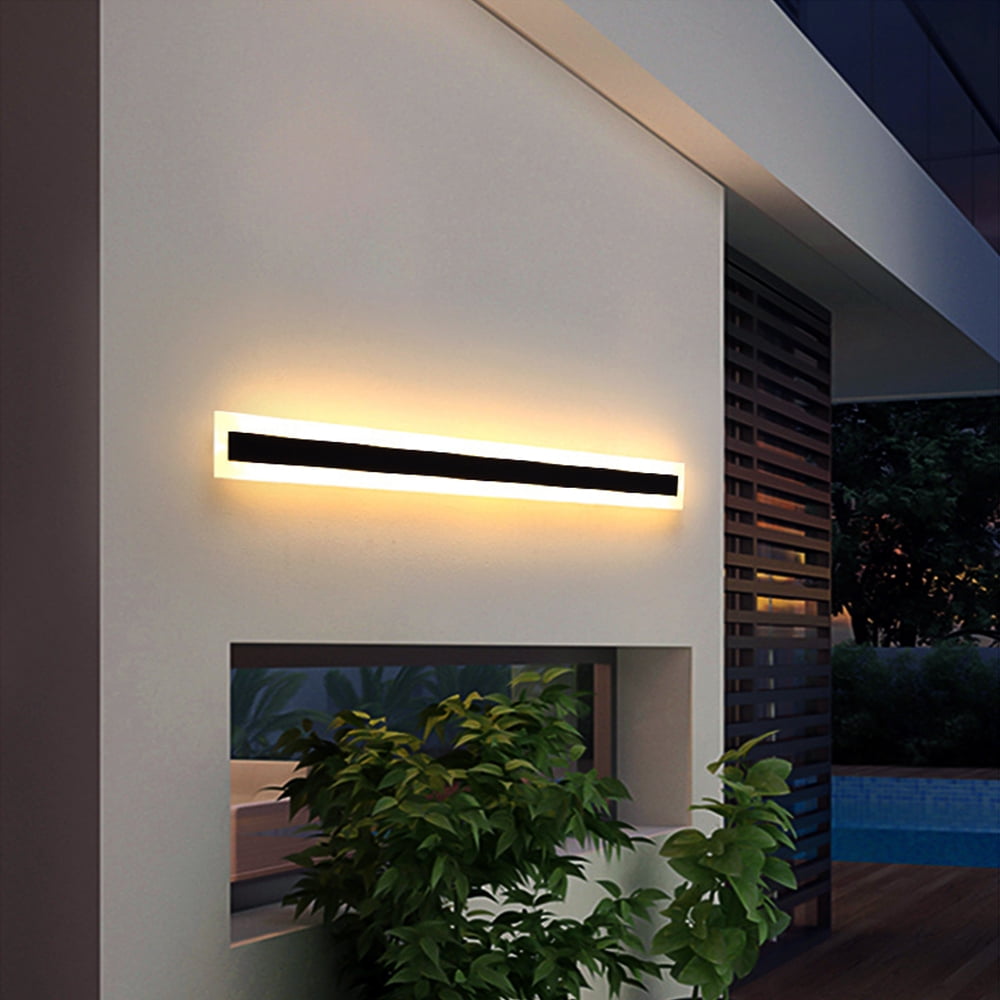Investigating the Crucial Elements That Influence Hue Consistency in LED Panel Panels for Ideal Display Performance
Investigating the Crucial Elements That Influence Hue Consistency in LED Panel Panels for Ideal Display Performance
Blog Article
Color consistency in LED wall screens is essential for achieving optimal optical performance. light-emitting diode wall screens are widely used in various settings, including musical events, meetings, and promotional displays. When the colors on these panels are uniform, they create a more captivating and enveloping experience for viewers. Several critical factors affect hue uniformity, including the quality of the LED components, tuning procedures, and surrounding conditions.
The quality of the LED components plays a major role in hue uniformity. Various types of LEDs produce light at varying frequencies, which can influence the overall color output. Premium light-emitting diodes are engineered to produce a more consistent light spectrum, resulting in better color accuracy. Additionally, the production method of these LEDs can impact their functionality. Screens made with high-grade materials and techniques tend to have fewer color differences, guaranteeing that the displayed images and footage look lively and faithful to reality.
Calibration is another crucial factor in maintaining hue uniformity in LED wall screens. Tuning involves adjusting the configurations of the panel to ensure that the hues visit here shown match the desired appearance. This process can include adjusting brightness, differentiation, and hue balance. Regular tuning is essential, especially in environments where lighting factors vary frequently. By calibrating the screens, specialists can correct any inconsistencies in hue output, leading to a more consistent observing experience.
Environmental conditions also influence hue consistency in LED wall screens. Elements such as ambient light, temperature, and moisture can influence how hues are perceived. For instance, bright surrounding light can dull colors, making them appear less lively. Similarly, harsh heat can affect the performance of the light-emitting diodes, resulting to hue changes. To reduce these issues, it is crucial to install light-emitting diode wall screens in managed environments where lighting and temperature can be controlled efficiently.
Lastly, the design and layout of the LED wall screens can affect hue consistency. The arrangement of the panels, as well as the spacing from which they are observed, can create differences in color perception. When panels are placed too distant apart or at varied positions, viewers may notice discrepancies in color. To obtain the best visual performance, it is crucial to take into account the positioning and alignment of the panels during installation. By addressing these factors, operators can guarantee that their light-emitting diode wall panels deliver a uniform and superior optical encounter.